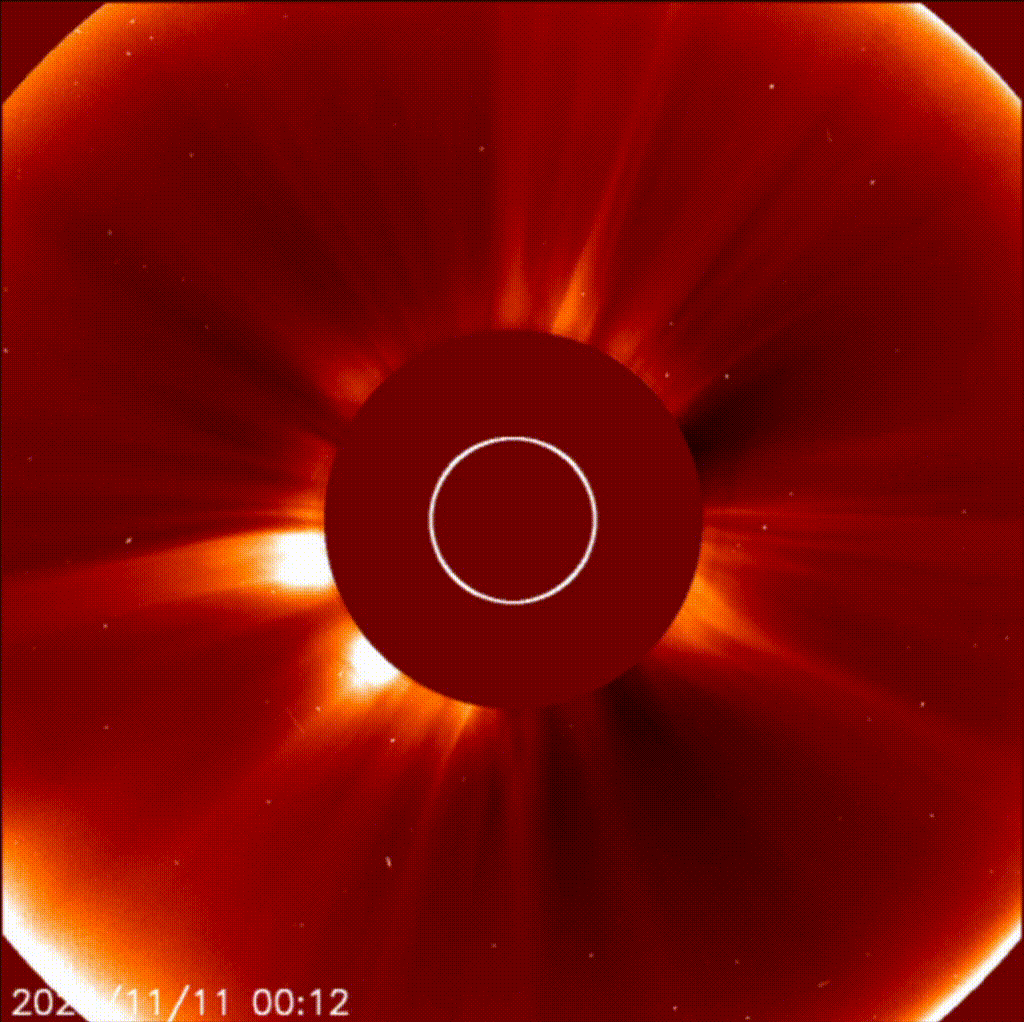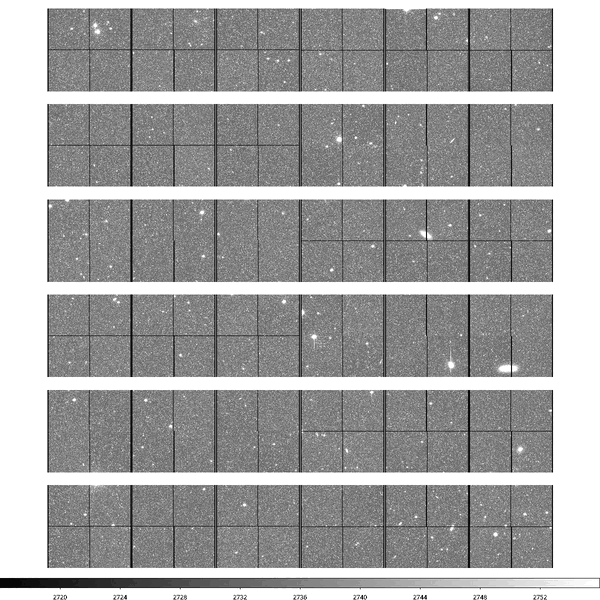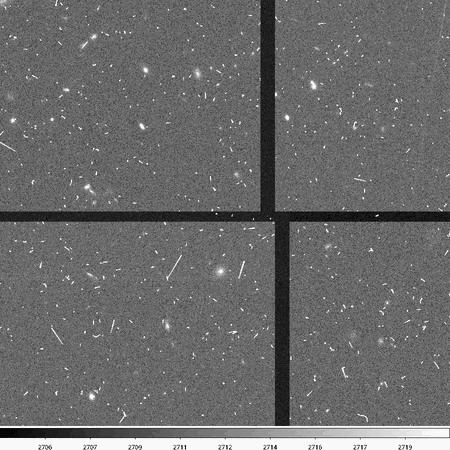Were you lucky enough to see the aurora earlier this week? Stronger than usual solar activity recently gave many people across the world a chance to see this spectacular light show – the result of eruptions of particles from the Sun travelling towards Earth and interacting with our planet’s atmosphere. But how was Euclid affected by this space weather…?
A few Euclideans were some of those who managed to spot this phenomenon in the early hours of Wednesday 12th November. Their photos, shown above, tell us a story of how clearly visible the aurora was, even through the smallest of gaps in the clouds and most light polluted of skies.
Space agencies regularly monitor the Sun using satellites to anticipate incoming space weather events like this. A direct look at our home star already predicted what Earth and the Euclid space telescope would soon experience. An intense solar flare was seen by the Solar and Heliospheric Observatory (SOHO) on 11th November 2025, with a peak around 10:04 UTC. Less than an hour later, a coronal mass ejection (CME) with an initial speed of 1500 km/s was seen. The storm arrived at Earth throughout 12th and 13th November, creating these colourful displays of Northern Lights: aurorae. After this flare the measured effects from such solar activity resumed to more typical levels.

But Euclid, being a space telescope exposed to the elements with no atmosphere nearby to enable a beautiful light display, had no such luck. This space weather can have a dramatic impact on the telescope’s observations, with Euclid’s view rather different to ours down on Earth this week…
Euclid’s window to the Universe, seen above on the left as a 6×6 grid of squares due to the 36 separate detectors of the VIS camera, was transformed into something resembling a cosmic blizzard. Rather than snowflakes, the monumental number of white streaks you can see are cosmic rays, caused by those very same particles released from the Sun that gave those of us on Earth our light show.
The detectors are bombarded to such an extent that the solar activity obscures the background stars and galaxies Euclid wants and needs to see to complete its observations. Watch the zoomed in view of one of Euclid’s VIS detectors, seen above on the right, and you’ll get a clearer sense of this. At first, before the solar storm reaches Euclid on 11th November, you can see the numerous white blobs and spikes that resemble distant stars and galaxies, with some background radiation present. Suddenly, as the storm reaches the space telescope, those objects are clouded by countless cosmic rays, in this case solar photons.
You may notice two weird things going on with the VIS image on the left too. First, there are some geometrical patterns showing up in the top right. These are caused by x-ray photons from the same flare, showing structure of the intervening telescope as a shadow. Second, at the peak of the event, a group of detectors at the top right of VIS even begin to disappear! The increasing cascade of cosmic rays causes the (already huge!) data files Euclid collects to become so large in size they aren’t able to be sent back to Earth anymore, resulting in our view from those detectors temporarily disappearing.
This is the sixth solar flare of this strength since Euclid began its quest to uncover the mysteries behind dark matter and dark energy, and it won’t be the last. Lasting damage is done to the telescope’s sensitive detectors, but this was planned for in the mission’s design and Euclid can take much more damage still before its instruments seriously degrade.
While Euclid does sometimes have to batten down the hatches when space weather deteriorates, it’s quick to resume its map of the Universe as the storms subside. This week’s aurora reminds us of the intense challenges this mission faces, and the remarkable efforts of scientists and software developers to remove these effects and transform what Euclid initially sees into groundbreaking scientific results and beautiful images for us to enjoy.





